May 11-27, 2024
We have always wanted to visit Chengdu but Covid got in the way and we didn’t get the chance to go during our China travel Part one. So last year, when we left Yunnan province in mid May, we decided to head northward to Sichuan. We made two stops on the way before we finally arrive at the capital of Sichuan, Chengdu.
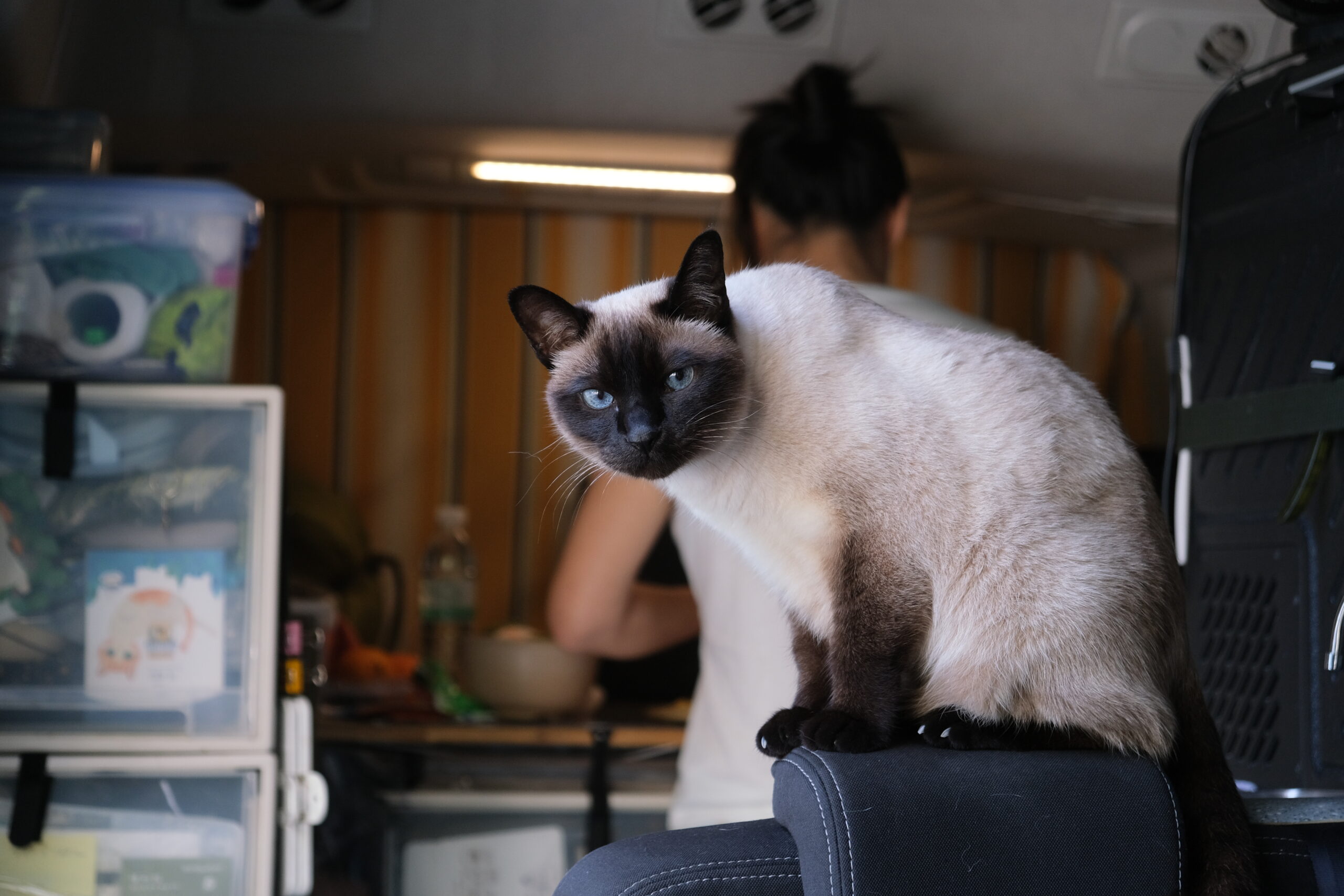
First, we went to a small city Yibin (宜賓) in the southeastern part of Sichuan which is located at the confluence of the Min River (珉江) and Yangtze River which is now called Changjiang (長江). I prefer the old name which sounds more romantic. Being in the thick of the Sichuan basin, Yibin’s humid subtropical climate is perfect for growing various crops. Hence, the city is home to a strong alcohol called Wuliangye (五粮液) which literally means five kinds of grains.
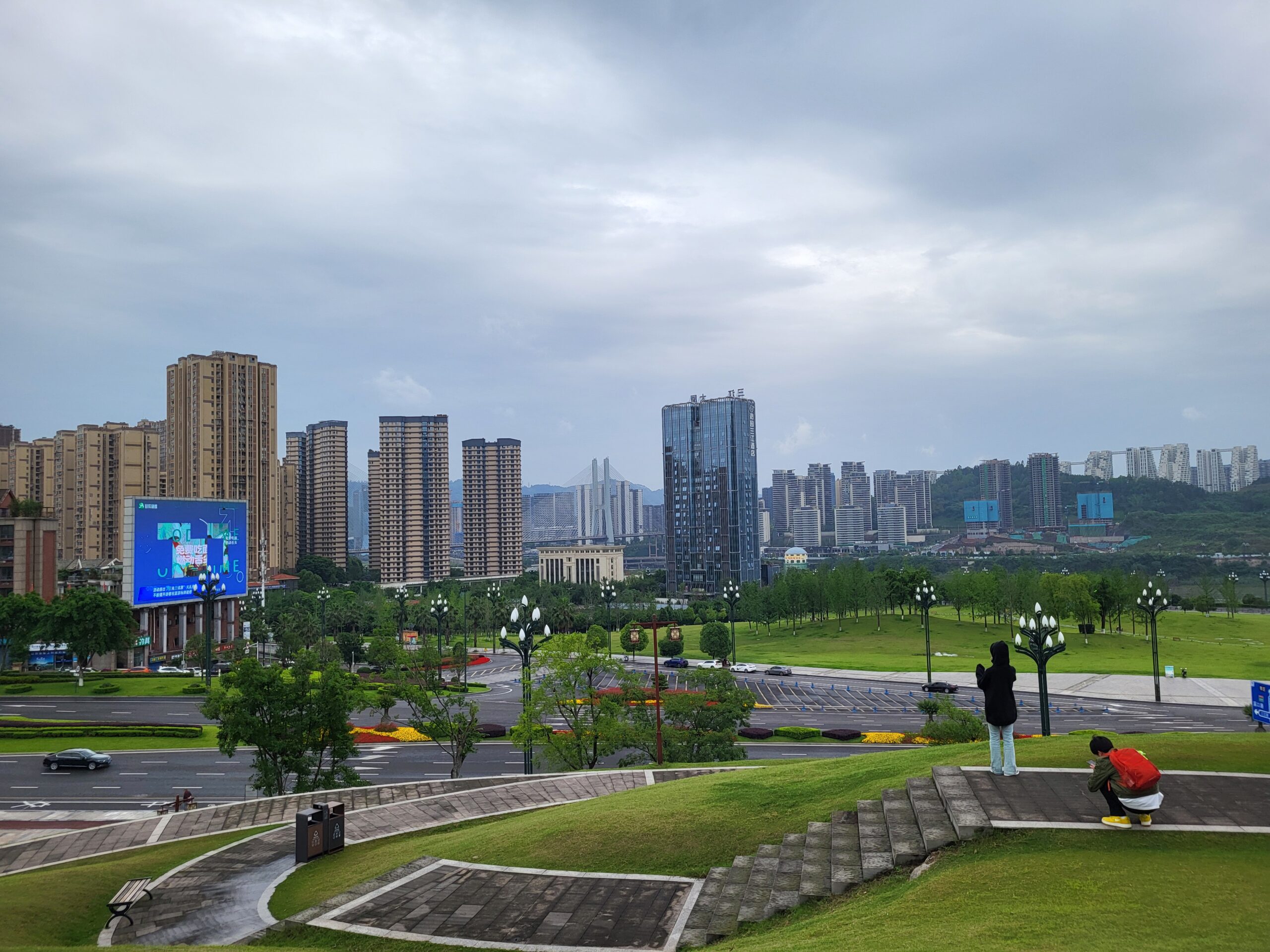
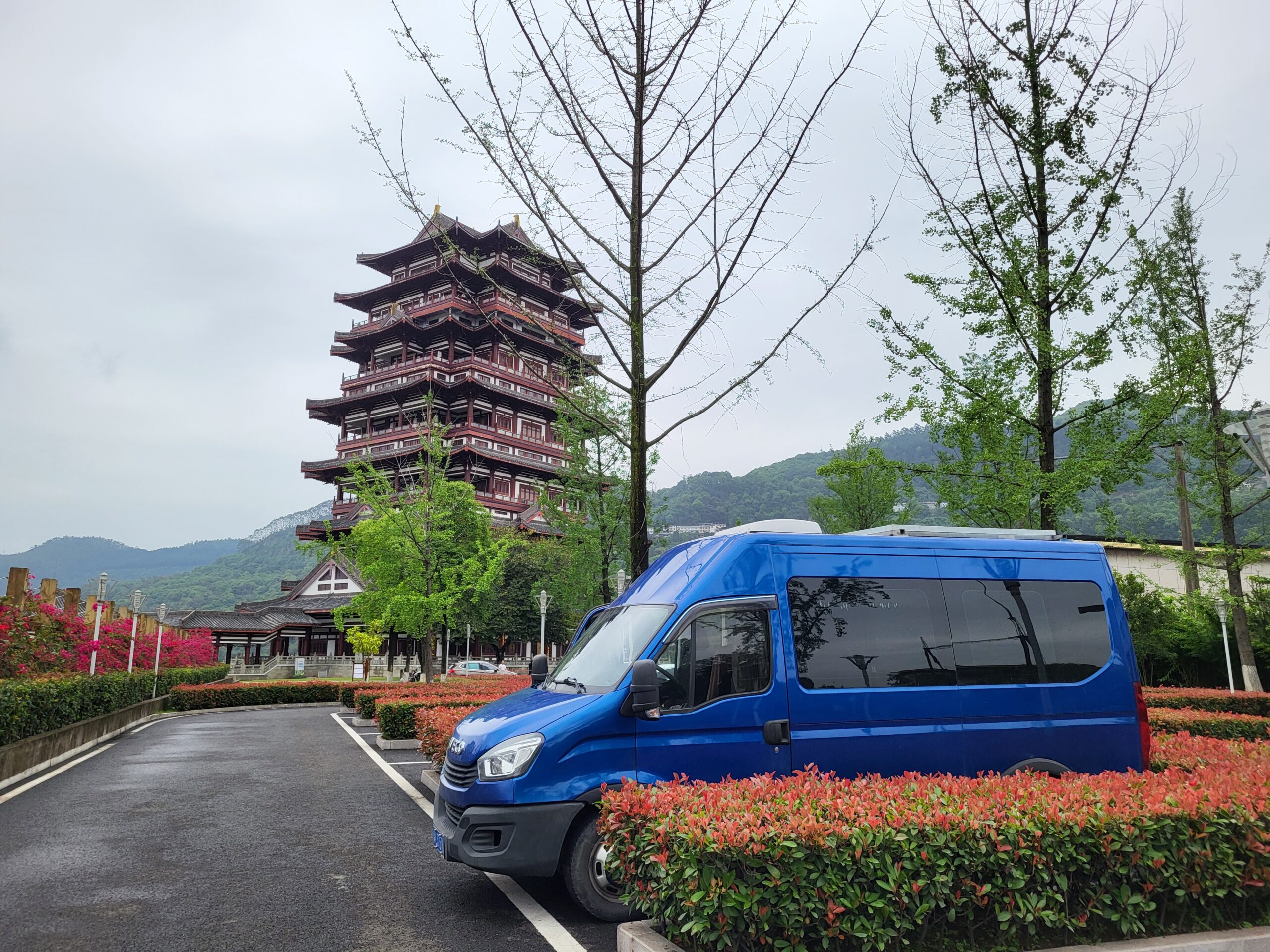
Ever since we left southern Yunnan in March 2024, we stayed in our van on and off to take advantage of the cool weather. Kin found a nice park in the centre of Yibin overlooking the Yangtze River and spent three nights in the van. Then the heatwave came and we checked into a hotel near the university area. Southern Sichuan is known for its humid and hot climate and oh my, to describe the heat “overwhelming” is an understatement.

We normally love walking and prefer exploring places on foot. But it was so unbearably hot that even taking a 5-minute walk across the road to the shopping mall is utter torture. I could feel my body shutting down and numbed by the intense heat. I used the umbrella to shelter myself from the sun but it was pointless as the pavement was already scorching hot. I was no different from a barbecue rib sizzling in a hot oven.
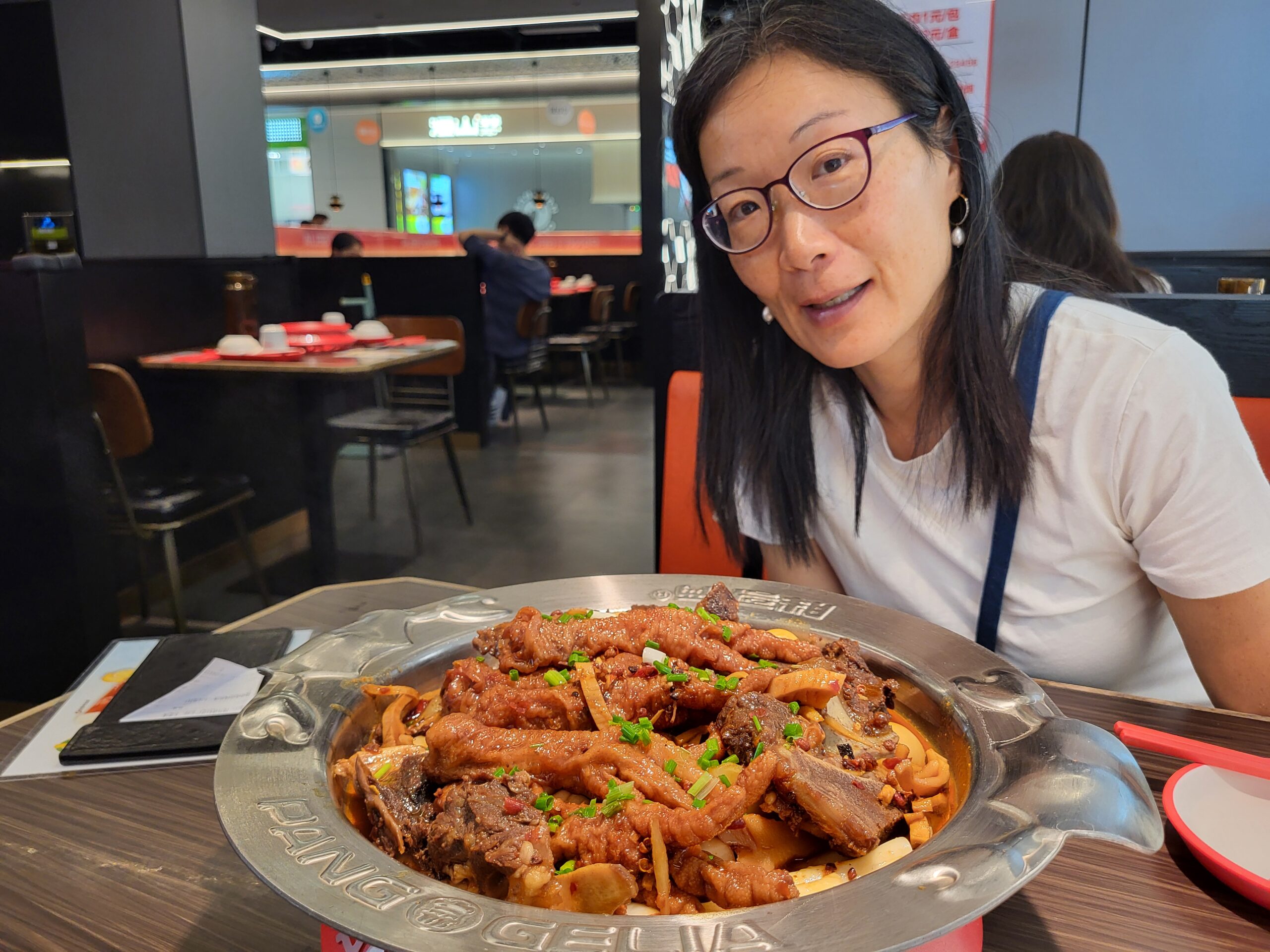
The next few days we spent hours hiding in coffee shops sipping iced coffee and wouldn’t venture outdoor until after 5pm. We discovered a great local coffee chain called Manner Coffee. Customers could bring their own cup or mug to save extra RMB 5. It was dirt cheap – an Americano only costs RMB15.

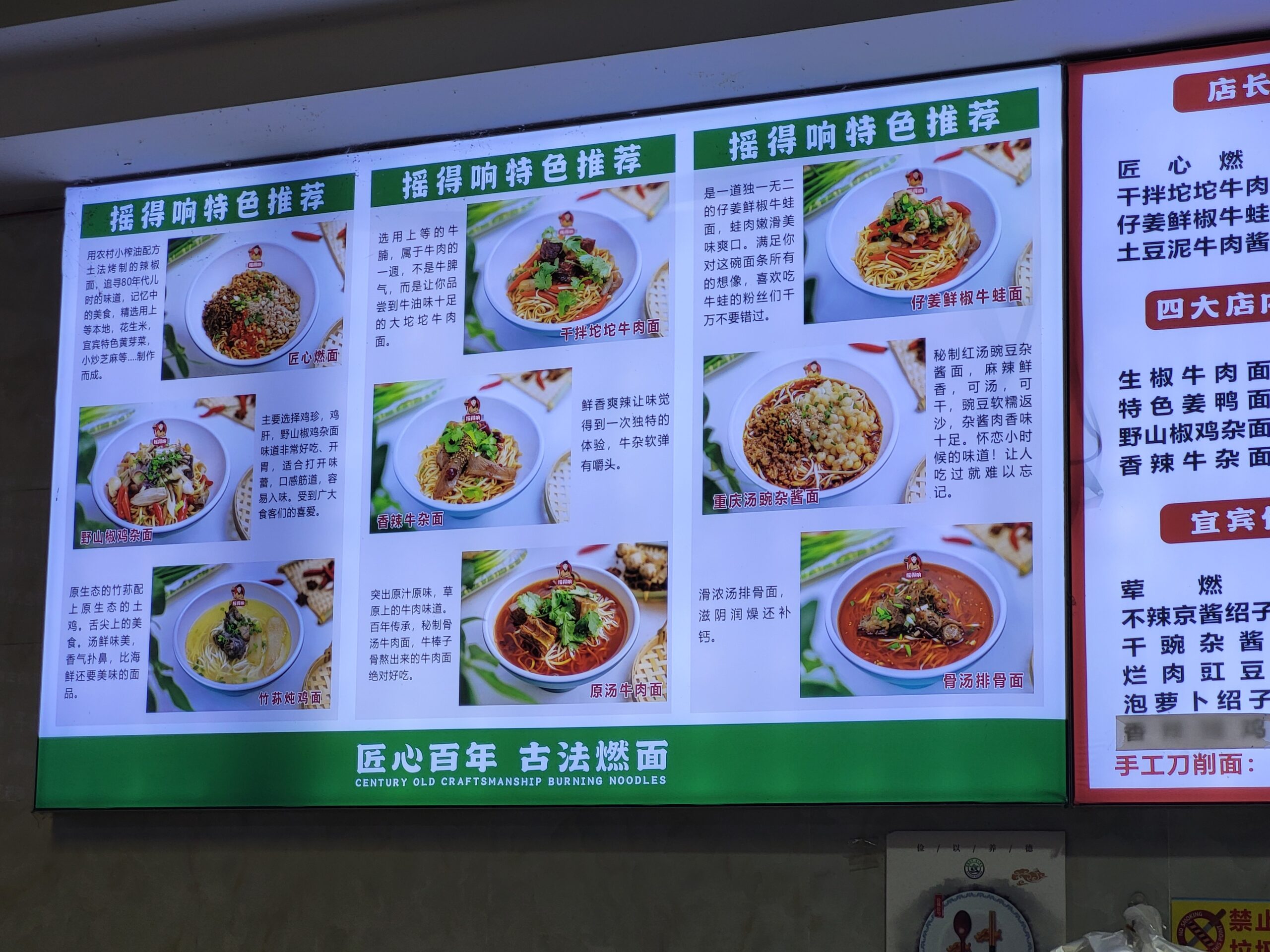
We didn’t do any sightseeing but stayed within the university area. We enjoyed the youthful vibe of the university community and we chilled in a popular cafe where many students hung out and worked on their laptops.

When the weather got slightly cooler, we went to a historic town nearby called Lizhuang (李莊) and spent the afternoon walking around old temples and alleyways. Like many historic places around China, the whole town was lit up at night and the romantic silhouette became an attractive backdrop to take pictures.

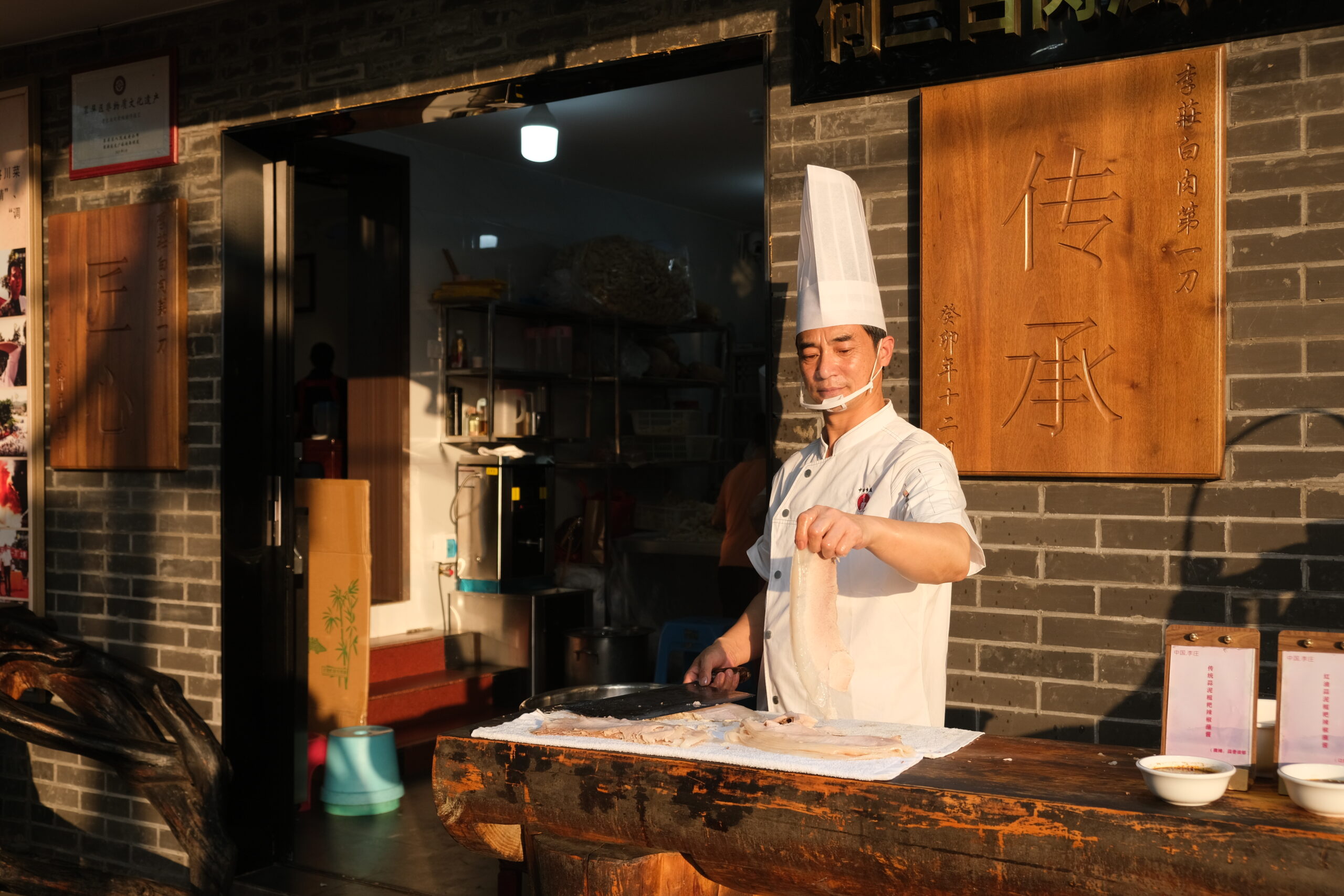
We then drove to Leshan (樂山) which is only 157 km away. It was raining and relatively cool when we arrived in Leshan and spent the first night in our van just outside a park near a residential area. We had dinner at a nearby eatery which specializes in a local dish Qiaojiaoniurou (蹺腳牛肉) – a beef and offal broth that became popular since the late nineteenth century. It’s the perfect comfort food we needed.


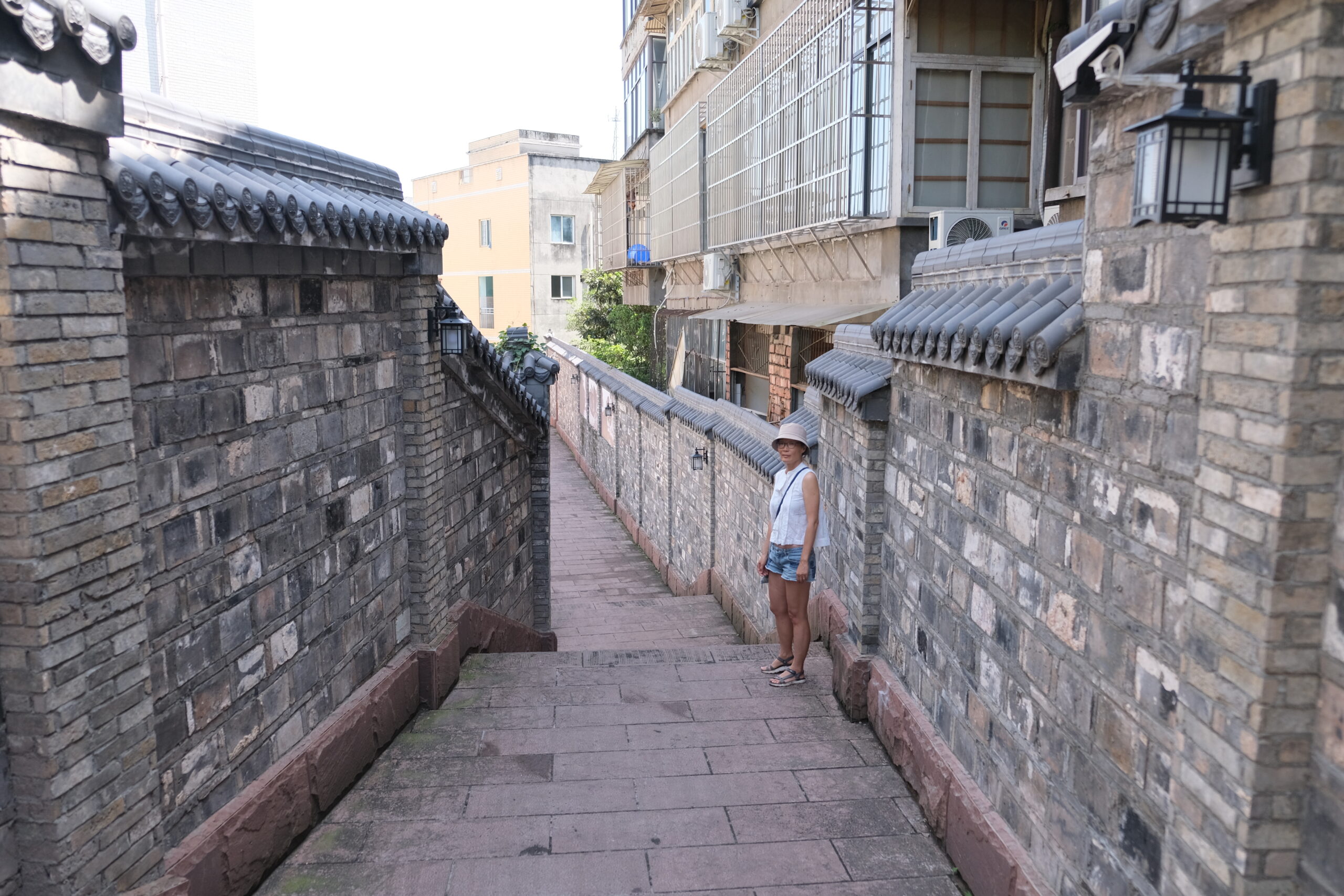
Sichuan cuisine is one of the four greatest cuisines of China and many well-known dishes originated from Leshan. Though our delicate palate finds Sichuan food too spicy and rich on the whole, Sichuan cuisine is tasty and we were surprised to find some delicious non-spicy dishes like the beef broth.
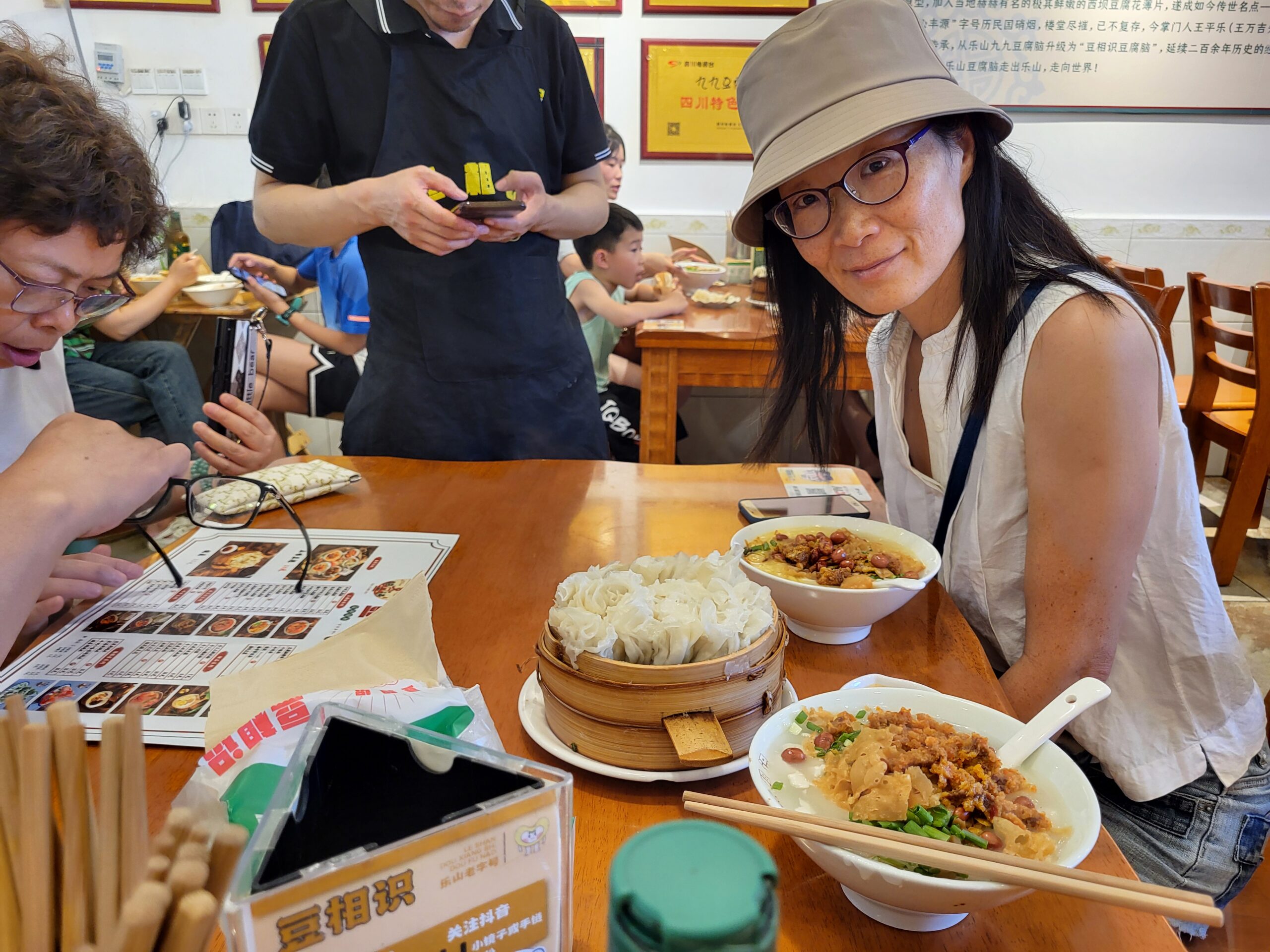
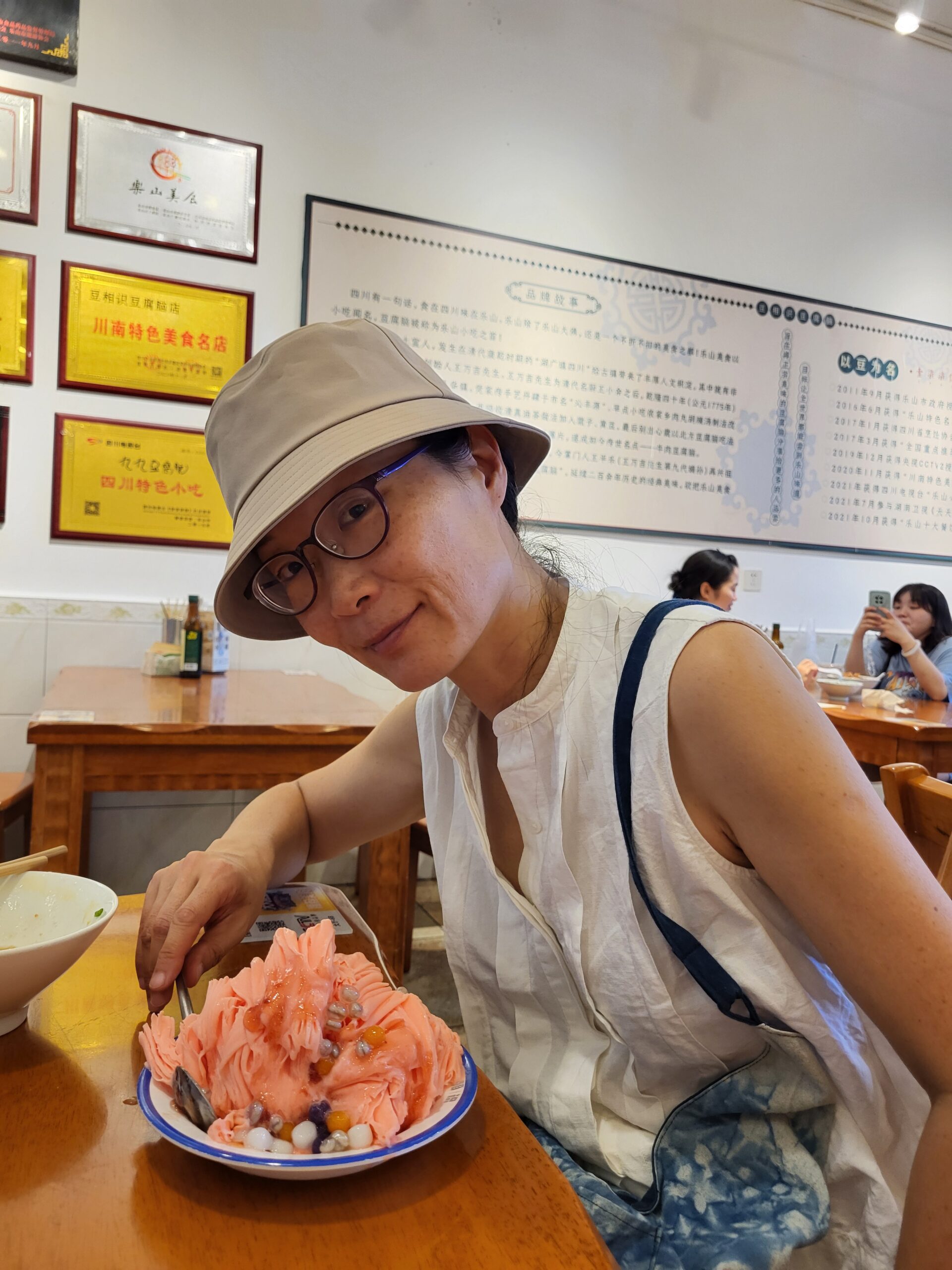
We checked into a hotel the next day. We smuggled Daisy into the hotel room as usual. But instead of immediately exploring the room and claiming the bed as her territory, Daisy acted very skittish and kept hiding in her backpack. Then it dawned on me that there was a huge mirror on the wall right against the bed and Daisy mistook her reflection in the mirror as another animal. Animals have no conception of self and she was scared of her own “self”. I was worried about her but Kin said that we should just let her calm down slowly. We went out for dinner and by the time we returned, Daisy was no longer afraid and was back to her relaxed “self”.
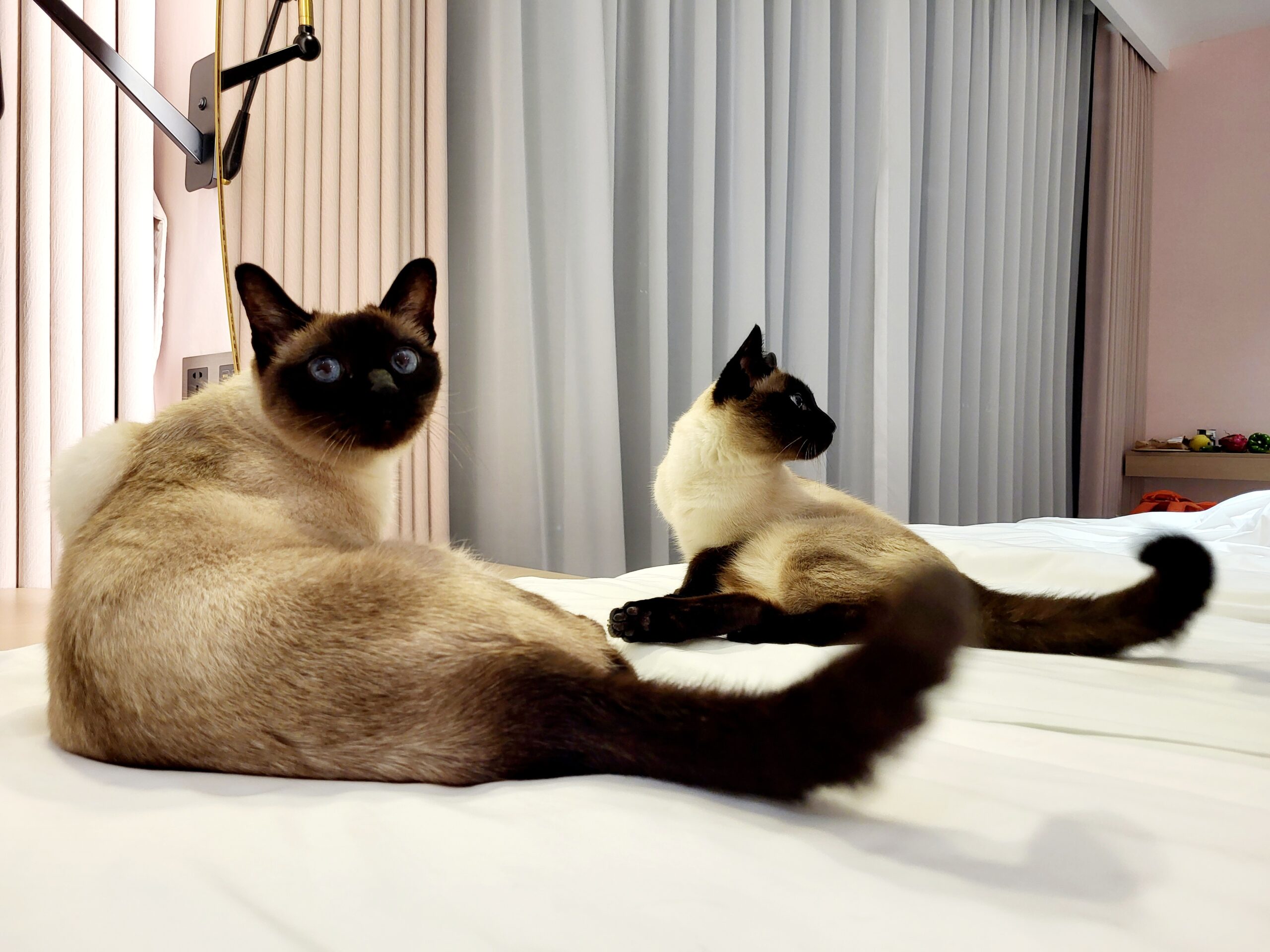
Leshan is famous for the giant stone carved Buddha (樂山大佛) which was built over 1,300 years ago in the Tang Dynasty and took 90 years to finish. It is situated right at the junction of three rivers – Dadu River, Qingyi River and Min River (大渡河、青衣江及岷江). Tourists usually take a boat tour which takes one to the foot of the Buddha and climb the stairs along the back side to see it up close.
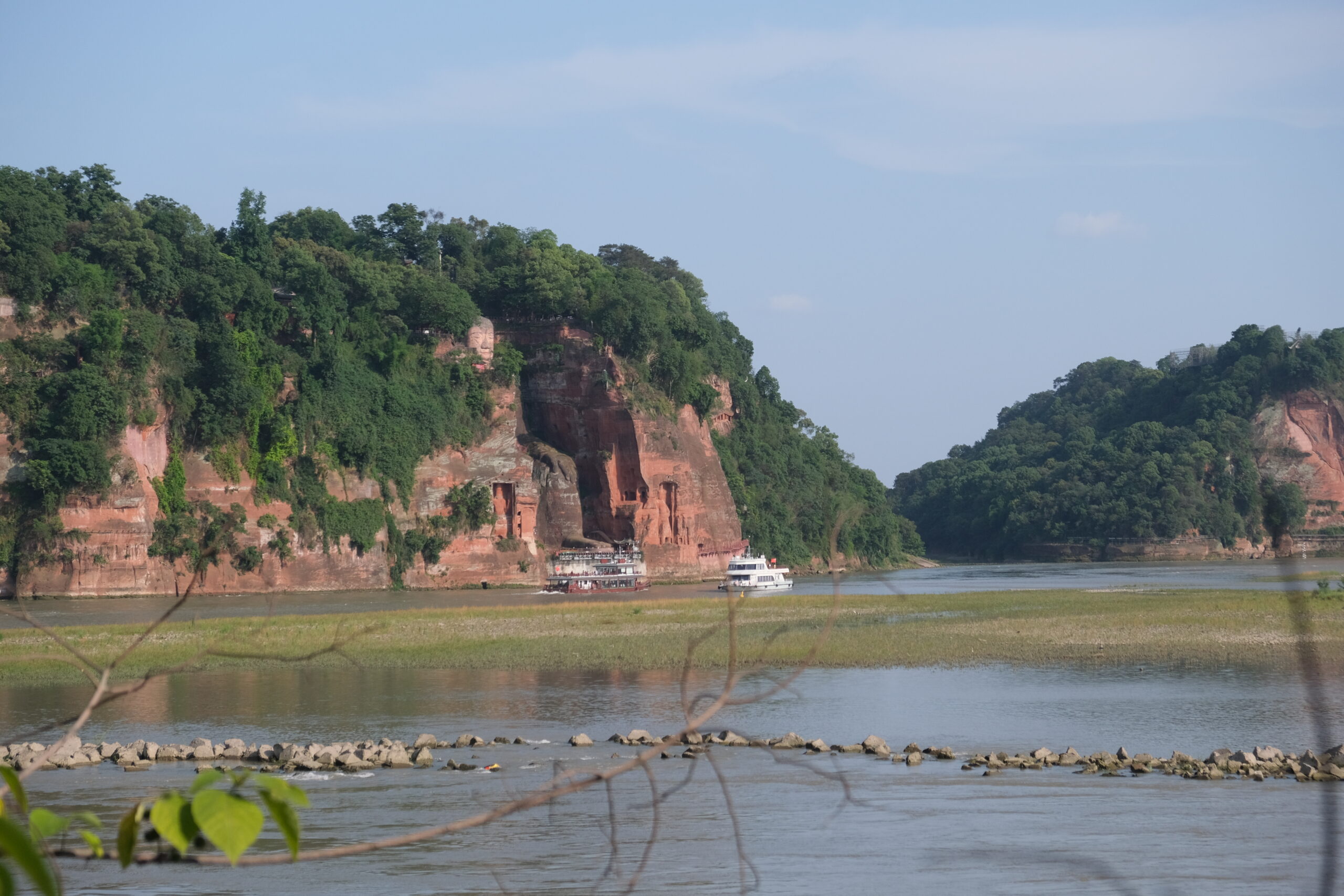
We were more interested in the leisurely activities of the locals. We strolled along the promenade by the river one afternoon and saw men and women swimming against the current. It took great skill and strength to swim here as the current was strong. One has to be familiar with the current and how far to swim before heading back to the promenade. We saw a labrador retriever swimming and it’s clearly a regular. It made it look so easy as it leisurely swam back to the shore. The promenade got more lively from late afternoon as more people came and game stalls opened in the evening.


Yibin is also famous for the bamboo forest and stalagmite caves. We strolled through some bamboo forest when we visited the beautiful caves of Bowangshan (僰王山).

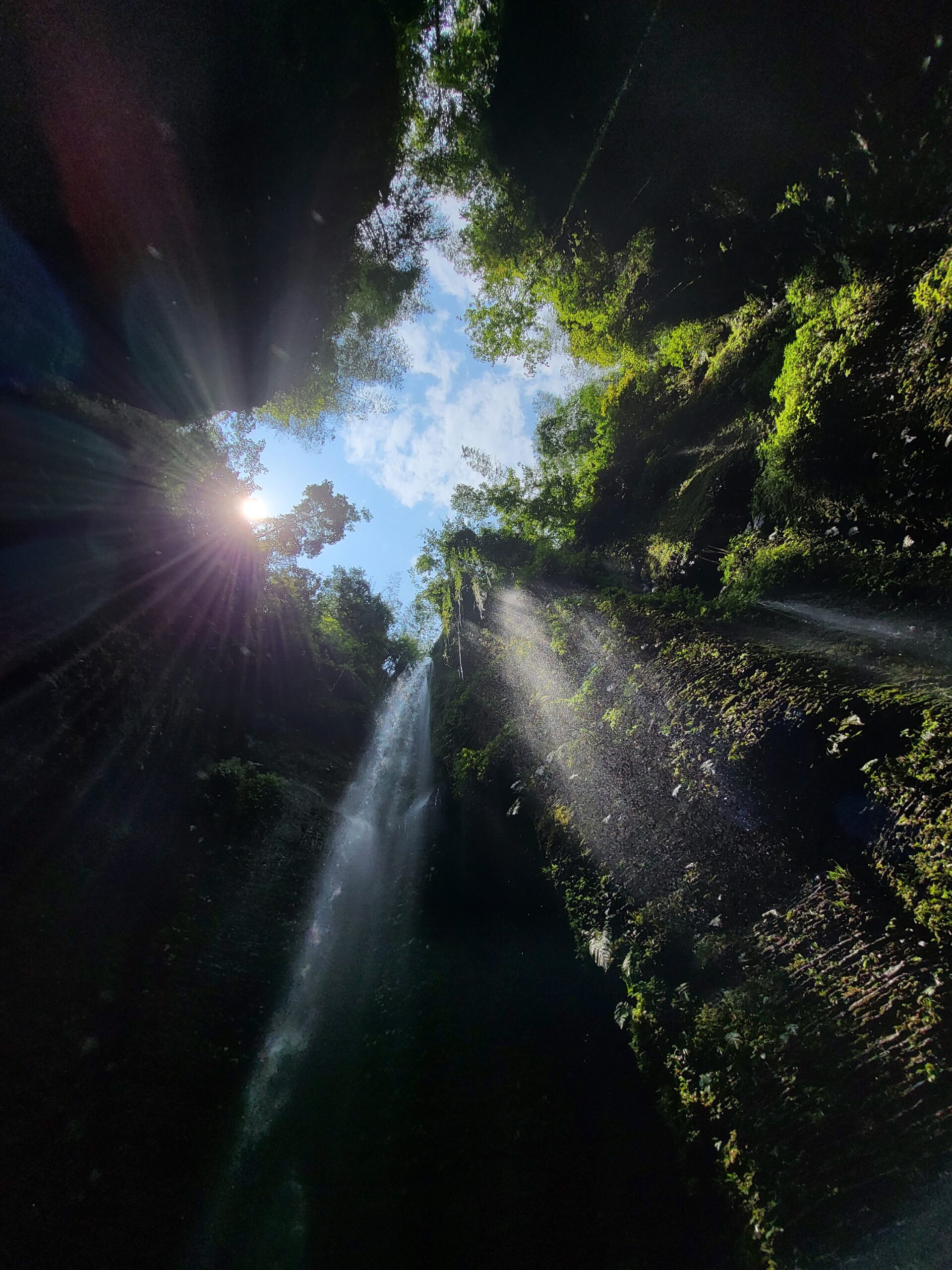
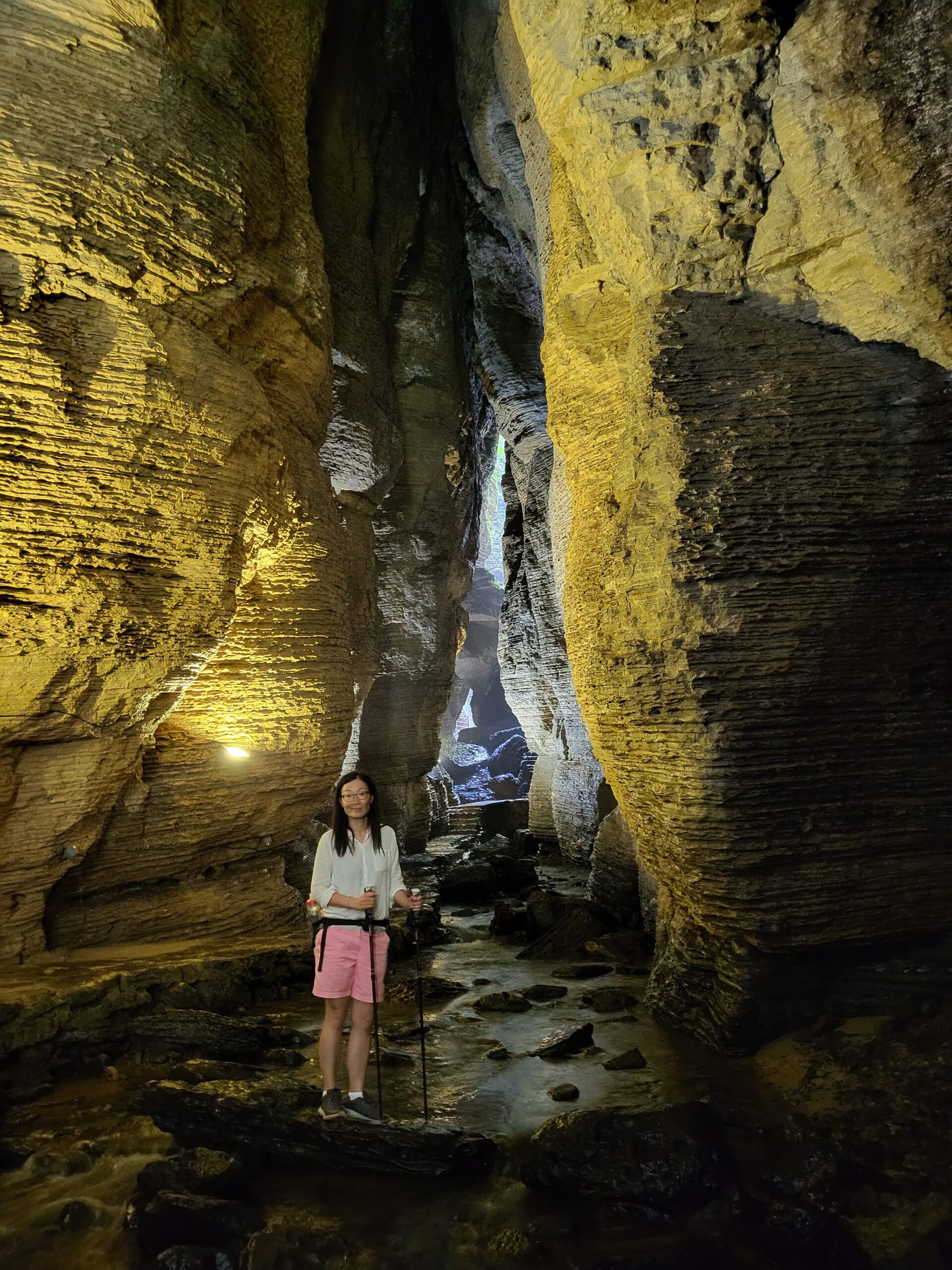
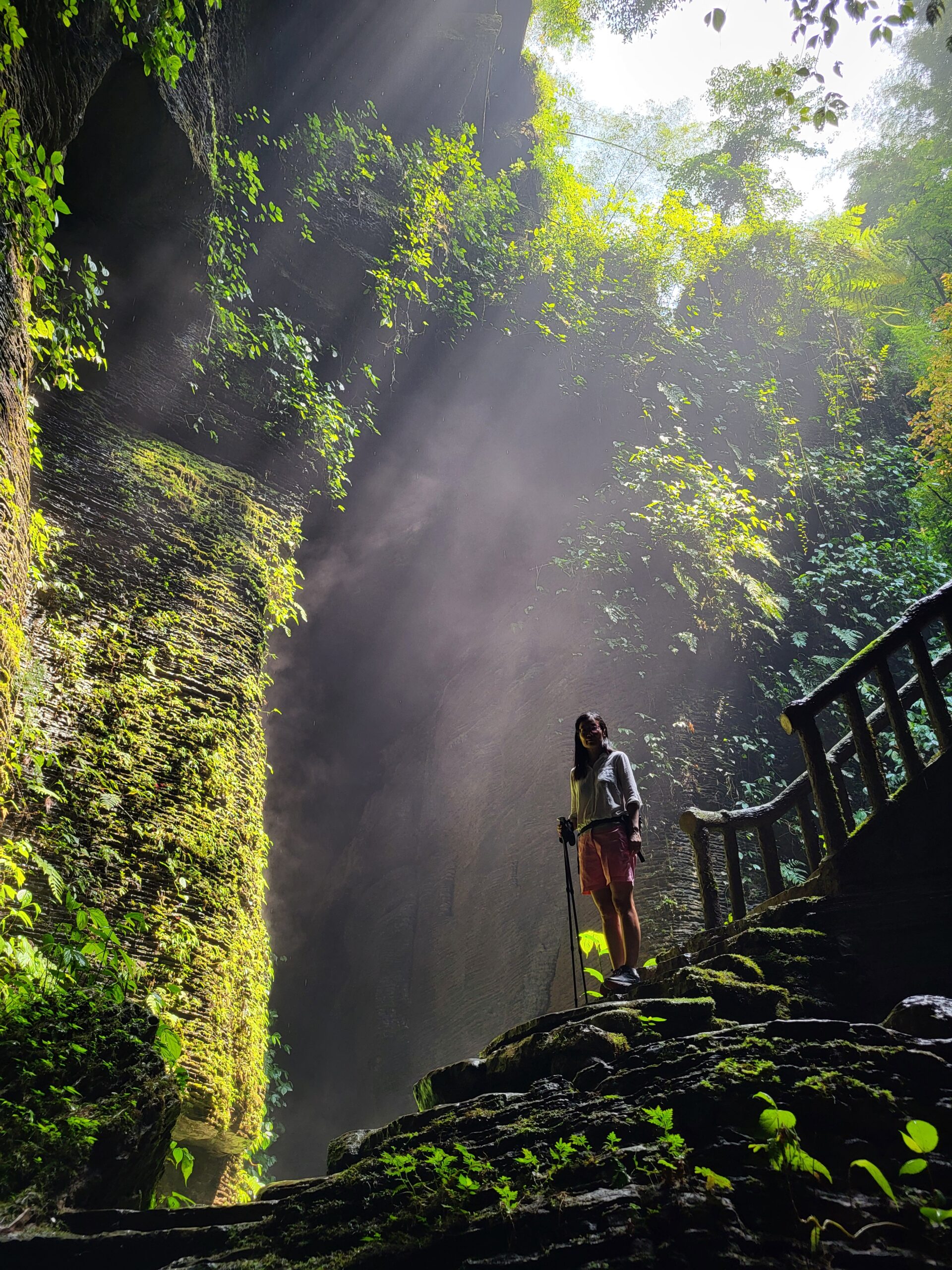

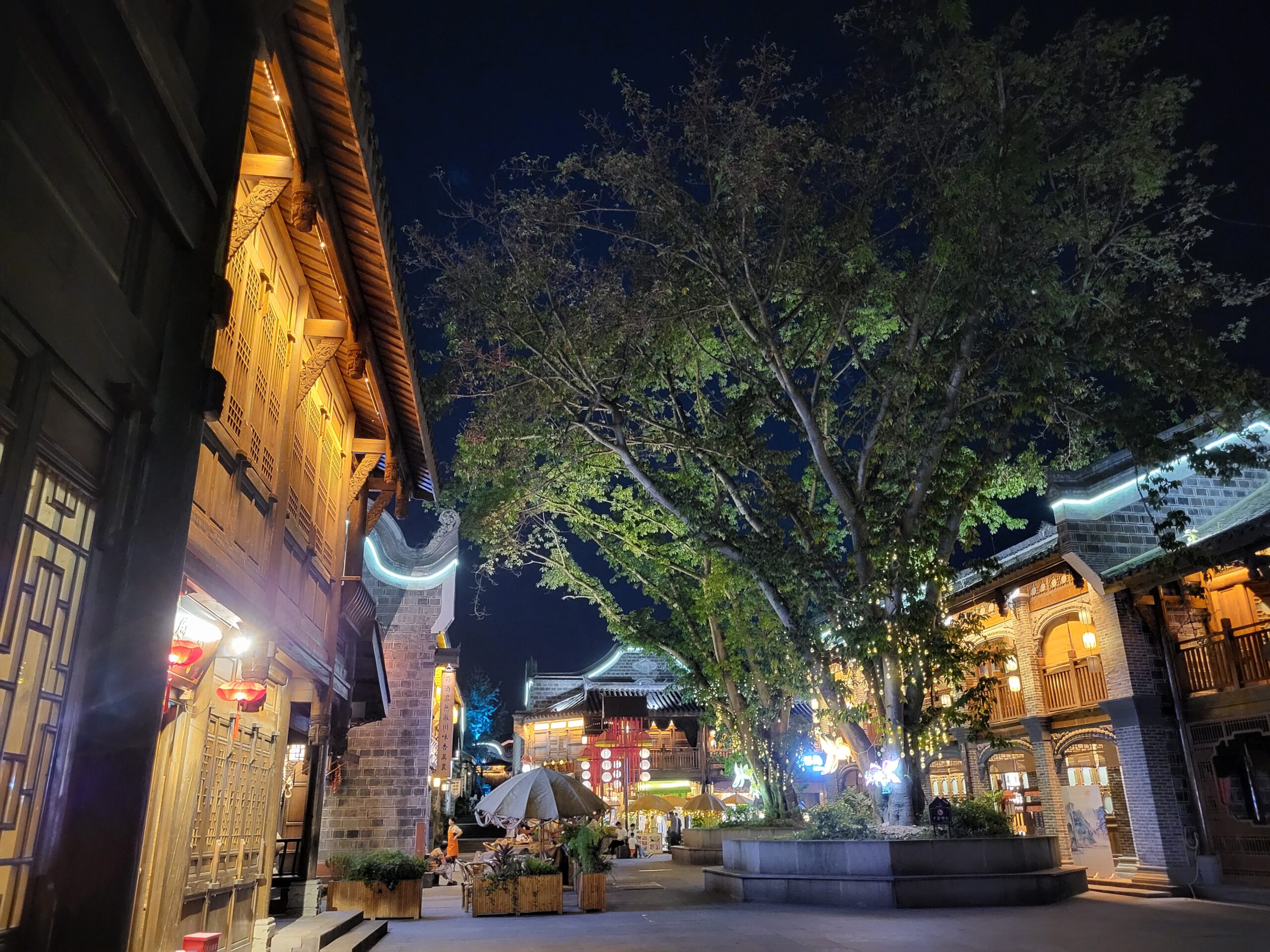
I love the breathtaking natural scenery. Impressive!!